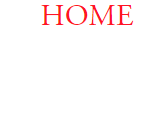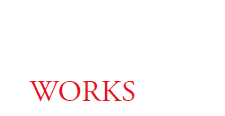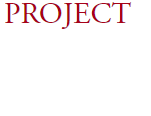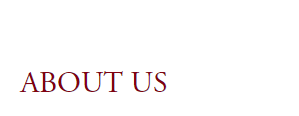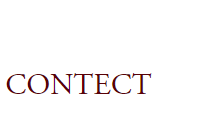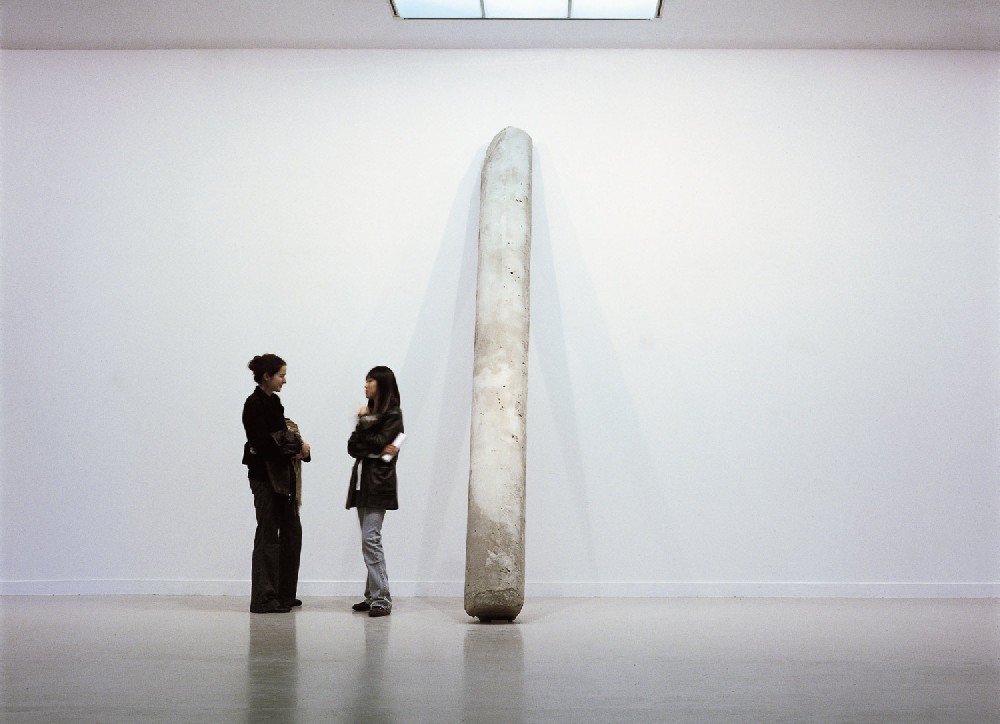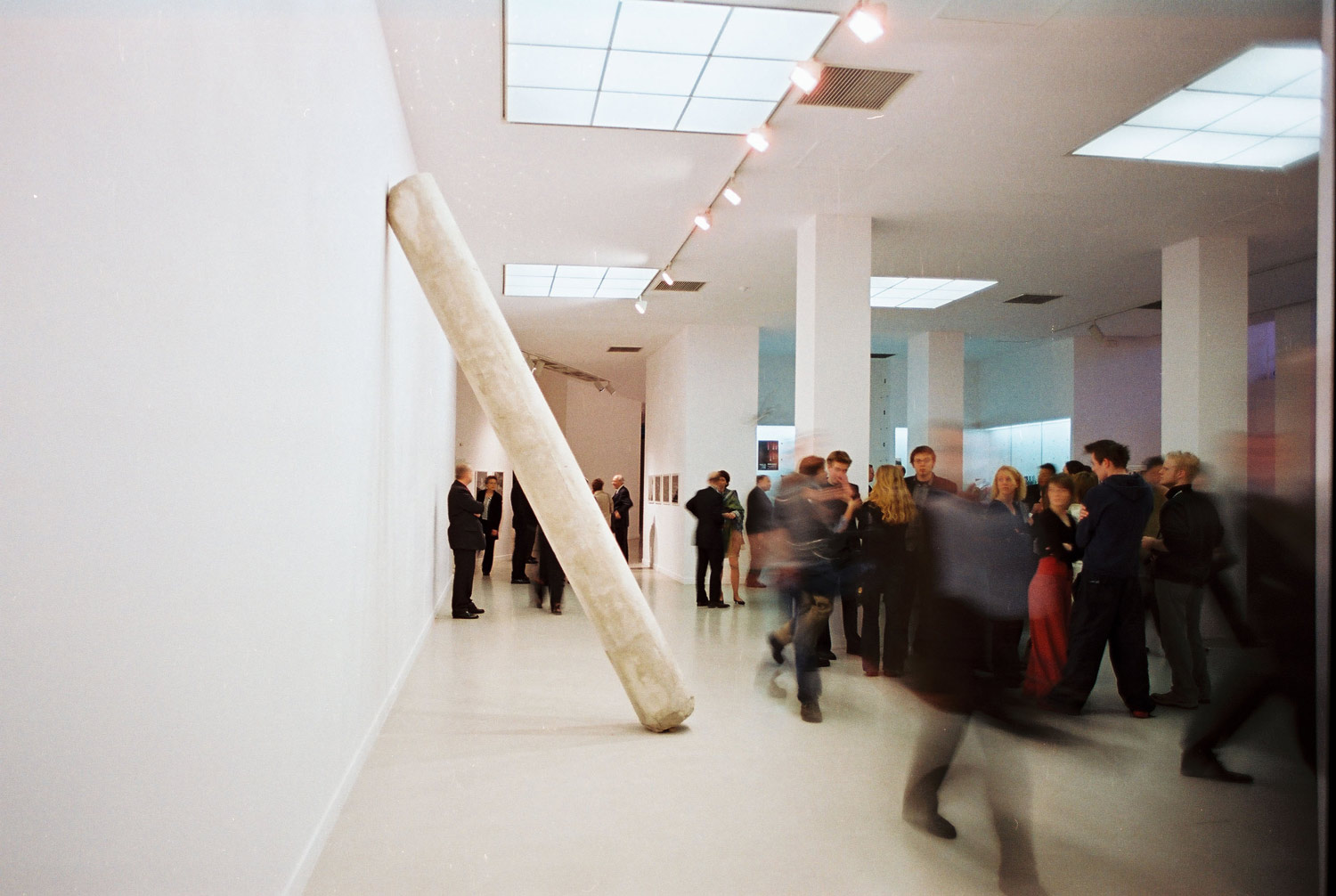One or All
One or All
一个或所有
2004
Height 380cm×Diameter 40cm
2004《Le moine et le demon》, Museum Art Contemporary, Lyon, France
Human-Bone Ash、 Metal Underprop
2004《天下》,安特卫普当代美术馆,安特卫普,比利时 2004《里里外外(道与魔)》,里昂美术馆,里昂,法国
One or All
Fei Dawei
From 1998 to 2000, at the exhibitions titled Post-Sense Sensibility and Indulge in Hurt respectively, Sun Yuan & Peng Yu, together with other artists, created several influential works with corpses. Later, these artists continued their creations with this kind of special material and thus earned the label "The Corpse School." The question that "The Corpse School" cannot avoid is whether the value of this art is based on its special material or the underlying conception? If it is the latter, then how should this concept be demonstrated and developed?
Sun Yuan & Peng Yu's 2004 work, One or All, is divided into two parts and had a different appearance over the course of two shows. This work indicates a qualitative change posed by Sun Yuan & Peng Yu within the context of "The Corpse School." One or All used remainders of human-bone ash as its material. Seemingly, this work is a cruel expression of feeling. For the first show, One or All was one piece of enlarged chalk made of bone ash. Erected and inclined against the wall, the chalk included the paired but contrary forces of rising and falling, stability and instability, as well as life and death, all engaging in a silent dialogue. For the second show, One or All II was one piece of chalk lying on the ground in an inconspicuous corner. And the artists brought another new factor to the fore: a cement mixer and many cement bricks. These bricks were also made of bone ash, and the mixer was mixing bone ash and water. The exhibition site was like a construction site. With the heavy roar of the mixer and the shining of the lights, it was like a performance on a theatre stage. With such "heavy" materials and such large dimensions, who can write about it? What can they write? What does mixing mean? Who is doing the mixing? What does it change into? Mass? Recycling of life? The information this work provides seems to go into a deeper realm of connotation and we can excavate a more humanistic significance. We can say that this is a work that entails thinking about life. However, Sun Yuan & Peng Yu are not satisfied with this interpretation. They use literal introductions, attempting to deny the significance appearing in the work:
"I have often seen a group of Lamas of Tibetan Buddhism striking each other's heads during scripture debates. The Lama who is able to ask wise questions may have more opportunities to strike the other party in order to alert the other party. Sometimes, the Lama does not speak but simply strikes, meaning that the question is too easy and unworthy of an answer, and that the other party should re-examine the issue himself. At this moment, I wonder whether the Lama who does not speak but strikes has wiser questions. If he does not have a wiser question but simply strikes the other party, the other party may suspect his learning level is insufficient and rethink his question — can this really be wiser? Isn't wisdom the reason for him to strike the other party? Perhaps the significance of the scripture debate has been misunderstood. However, in private, I wonder if the joy of Buddhism lies in the questions for debate or just the in the joy of striking someone on the head." Suddenly we understand that what we viewed as profound was not profound at all, merely the appearance of profoundness. Behind such "deep" postures often lies pretentiousness or opportunism and herein we find the profoundness of the work. What Sun Yuan & Peng Yu want to tell us is not to put stock in the appearance of the work, because it may just be an artist's posturing. As to the "profound" appearance of many of their works, Sun Yuan & Peng Yu refuse to comment further.Whether the work is profound or not, actually has nothing to do with the work itself but a digression away from the work. Digressions like artworks can form distinct links in the extended meaning of an artist's ouevre. Some artists, when showing their works, often display the following logic: What is 1? 1 is 7. What is 7? 7 is 3. What is 3? 3 is 6. So, we needn't think too much about the artists' interpretation of the artwork nor utilize a logic similar to the logic above in order to arrive at a meaning of the artworks based on our own understanding. Maybe, our reading of the artwork is little more than putting on airs and we actually understand nothing. Maybe we understand the artworks, but our thinking is different from that of Sun Yuan & Peng Yu. This is possible. Since the difference between appearance and essence is so important, the difference between the reader and the author is also important. Therefore, dead ash can burn again, and bone ash can have new life, if we arrive at our own meaning for their works.
一个或所有
费大为
1998 年至2000 年,在名为后感性和伤害的迷恋的展览上,孙原和彭禹和 其它一些艺术家一起,运用尸体作为作品材料,创作了几件具有轰动效应的 作品。此后,这些艺术家又继续运用这种特殊材料进行创作,由此获得 “尸体派”的称号。
“尸体派”不能回避的问题是:这种艺术的价值究竟是建立在特殊材料上, 还是在观念上?如果在于观念上,那么如何证明它,并发展它? 一个或所有是2004 年孙原和彭禹的一件作品,分为两部分,分别在两次 展览上做不同的展示。这件作品是孙、彭沿着“ 尸体派”的方向,找到了 一种质的突变。
一个或所有以生命的另一种残余——骨灰来制作作品。这件作品看上去像是 一种残酷的抒情。第一次展出时(一个或所有)是用骨灰做的一支放大了的 粉笔。竖起而斜靠在墙上的粉笔包含了上升和下沉、稳定和滑动这两种矛盾 的力量;死亡和生命在沉默中对话。
当这件作品第二次被展出时(一个或所有Ⅱ),粉笔被放倒在地上,摆放在 一个不显眼的角落,艺术家又让一个新的因素登上了前台:水泥搅拌机, 和一大批水泥砖。这些砖块也是骨灰做成的,搅拌机里正在转动的也是骨灰 和水。展览的现场如同一个建筑工地,水泥搅拌机发出沉重的轰鸣,在工地 灯光的照射下,这一幕变成了舞台式的表演。 用如此沉重含义的材料,如此巨大的尺度,谁来书写?书写什么?搅拌 意味着什么?谁在搅拌?变成什么?芸芸众生,生命的轮回? 这件作品所提供的信息似乎可以通往深刻的内涵,我们可以在其中发掘出 越来越多的人文意义。我们可以说,这是一件对生命沉思的作品。
但是,孙、彭却并不满足这种被表达出来的深刻。他们对作品的文字阐述, 正是要试图去否定这些作品中正在出现的意义: “我曾见到一群藏传佛教的喇嘛在辩经时互相拍击对方的头顶。往往能想出高 明问题的喇嘛,会有更多机会拍击对方,用以提示对方警醒;有时候不说话, 只拍击,表示你的问题太不够级别,不值得回答,对方便要立刻反省。那个时 候我就想,那个不说话只拍击的喇嘛是否真的想出了更高明的问题,如果他并 没有想到更高一筹,就上去拍了一下,令对手怀疑自身学问的水平不够,该反 省自己思想中的问题,岂不是更高明。而高明不正是他想要的么?不正是他拍 击对手的理由么。我一定是误会了辩经的意义。但我私下里还是有点怀疑僧人 的乐趣是辩论问题呢?还是拍击头顶。” 我们恍然大悟,也许,我们所看到的深刻,并不一定就是深刻,而仅仅是 “深刻的姿势”而已。在“深刻的姿势”后面,也许隐藏着虚伪和投机, 也许隐藏着真正的深刻。孙、彭所想到的,只是告诉大家,别太相信我们 作品所摆出来的姿势,也许我们只是装装样子而已。至于他们到底是不是 装装样子,摆出一副“深刻的姿势”来,孙、彭是绝对不会告诉我们的。 而且,为什么他们非要摆出深刻的姿势来告诉我们,这个作品究竟是否真的 深刻,其实这已经和作品本身无关,这仅仅是艺术家的题外话而已。 题外话和作品一样,可以是一连串延伸意义中的一个环节,也可以独立出来。 不少艺术家在解释自己的作品时往往展现出这样一种逻辑: 什么是1 ? 1 就是7。 什么是7 ? 7 就是3。 什么是3 ? 3 就是6。 ……
所以我们完全不必顾及艺术家对作品的解释,完全可以投入到类似的逻辑中, 以自己的解读去颠覆作品的意义,以创造性的态度去面对作品。也许,我们 对作品的阅读也是装装样子,其实什么也没有读懂。也许“读懂”了,但是和孙、 彭的想法大相径庭。这都是有可能的,既然表面和实质之间的差别是如此 重要,读者和作者之间的差别也同样是重要的。 所以,死灰可以复燃,骨灰可以重新获得生命,如果我们能够颠覆作品的意义。






